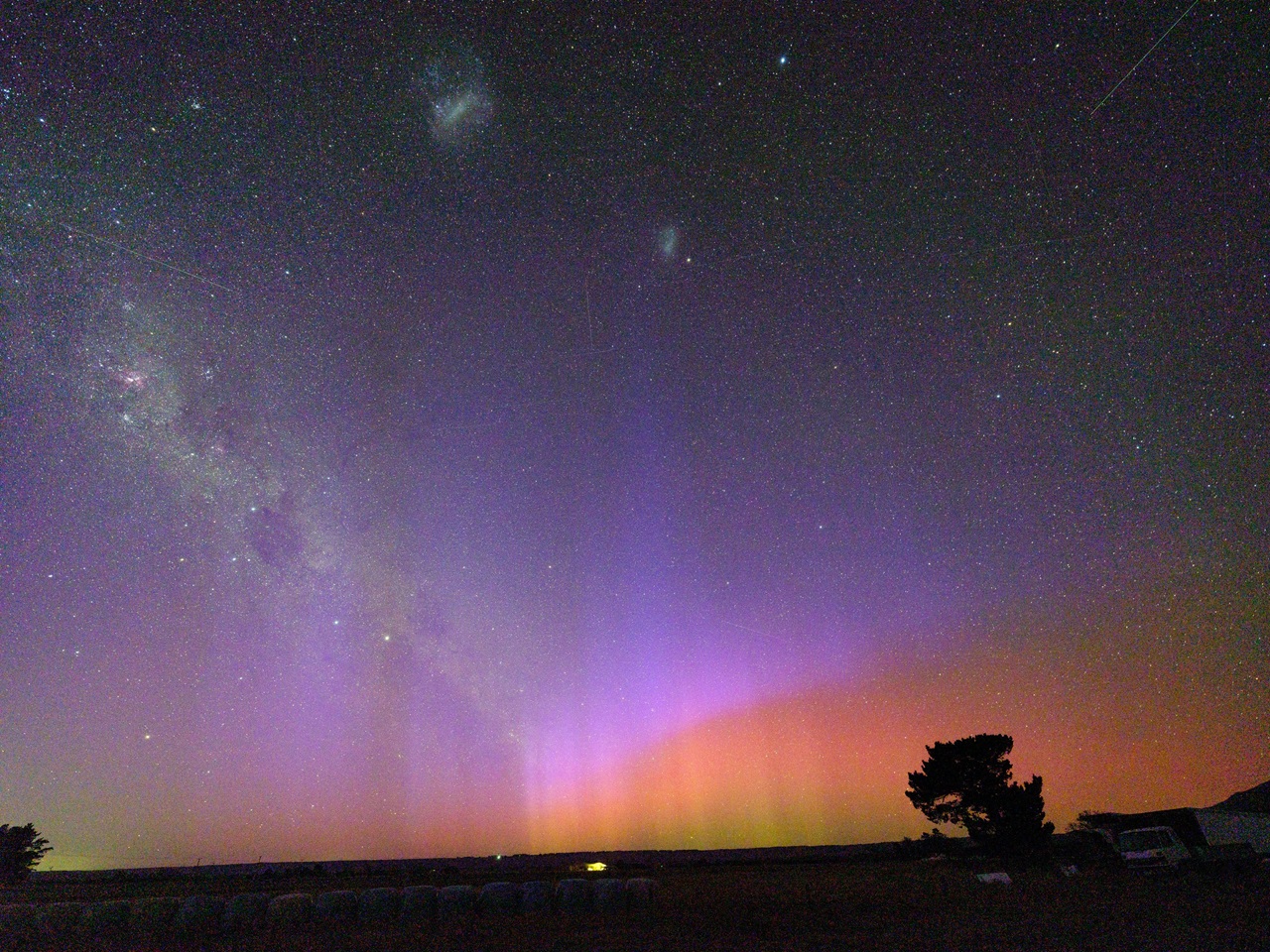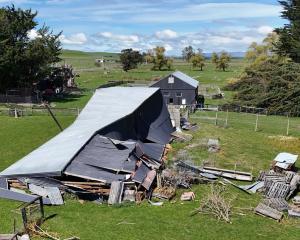
We’re now entering the time of year when auroras tend to visit more often, thanks to something called the Russell-McPherron effect - a seasonal quirk in the way Earth’s magnetic field lines up with the solar wind.
It doesn’t guarantee a show, but it certainly improves the odds.

When my alarm buzzed, it was minus six outside and there was a thick frost across the paddock. I quickly dressed and headed out to the observatory. The routine was familiar: make tea, line up cameras and wait. At first, all I saw was a faint grey smear on the southern horizon. But as I sipped hot tea, the smear brightened, and then colours began to separate themselves: reds and yellows low down, and purples unfurling high above.
That purple is special - sunlight striking nitrogen atoms at the edge of space, a colour rarely seen except near sunrise or sunset. As dawn crept closer, the aurora seemed to grow in confidence, like an orchestra rising to its finale. Curtains of light rippled and twisted. For a few moments, the sky looked like a vast painting still wet with colour.
And then it was gone. The first wash of sunlight swept across the Rock and Pillar Range, the aurora dissolved, and the ordinary blue of day returned. Birds tested their voices in the hedgerows, and the frost glittered with sudden warmth.
Driving back later that morning, I thought about how much of life is like this: beauty arriving unbidden, often at inconvenient hours. You can’t summon an aurora any more than you can command joy.











